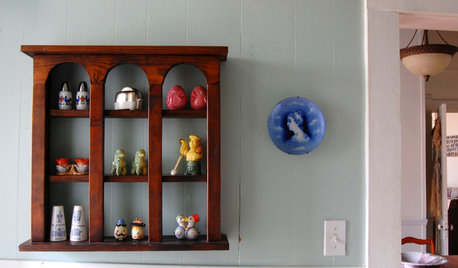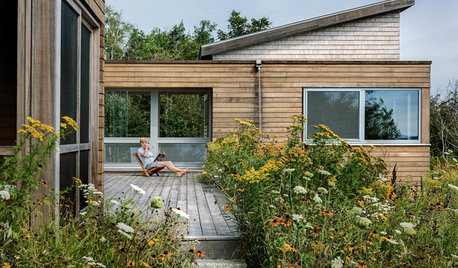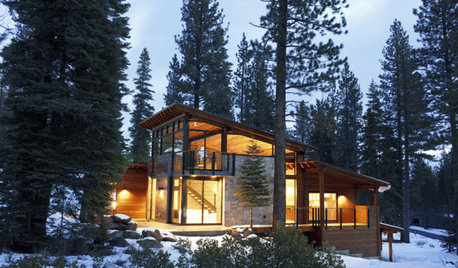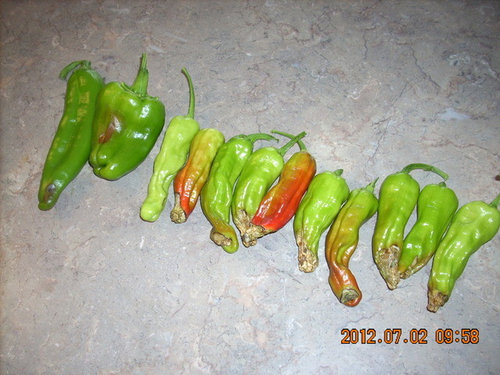Pepper Question and observation
slowpoke_gardener
11 years ago
Related Stories

SHOP HOUZZShop Houzz: Like Salt and Pepper
Cute and kitschy ways to say ‘I love you’ with themed salt and pepper shakers
Full Story
KITCHEN DESIGN9 Questions to Ask When Planning a Kitchen Pantry
Avoid blunders and get the storage space and layout you need by asking these questions before you begin
Full Story
SELLING YOUR HOUSE15 Questions to Ask When Interviewing a Real Estate Agent
Here’s what you should find out before selecting an agent to sell your home
Full Story
LIGHTING5 Questions to Ask for the Best Room Lighting
Get your overhead, task and accent lighting right for decorative beauty, less eyestrain and a focus exactly where you want
Full Story
BLACKCooking With Color: When to Use Black in the Kitchen
Consider sampling Caviar or Cracked Pepper on your kitchen walls or cabinets for richness and impact
Full Story
GARDENING GUIDES3 Ways to Revel in Summer Garden Sweetness
Patiently observe what works and doesn’t work in your landscape
Full Story
You Said It: ‘Texas Has It Going On’ and More Houzz Quotables
Design advice, inspiration and observations that struck a chord this week
Full Story
HOUZZ TOURSHouzz Tour: Cozy Mountain Retreat Near Lake Tahoe
An observation deck, a gourmet kitchen and generous helpings of windows make this California vacation home a storm watcher's paradise
Full Story
LIFEYou Said It: ‘I’m Never Leaving’ and More Houzz Quotables
Design advice, inspiration and observations that struck a chord this week
Full Story
LIFEYou Said It: ‘Know Thyself’ and Other Houzz Quotables
Design advice, inspiration and observations that struck a chord this week
Full StoryMore Discussions








soonergrandmom
soonergrandmom
Related Professionals
70037 Landscape Architects & Landscape Designers · Athens Landscape Contractors · Belmont Landscape Contractors · Darien Landscape Contractors · Eureka Landscape Contractors · Goodlettsville Landscape Contractors · Monterey Landscape Contractors · Porterville Landscape Contractors · Southbury Landscape Contractors · Goldenrod Landscape Contractors · Bainbridge Island Decks, Patios & Outdoor Enclosures · Lake Morton-Berrydale Decks, Patios & Outdoor Enclosures · Miami Decks, Patios & Outdoor Enclosures · New Berlin Decks, Patios & Outdoor Enclosures · Roanoke Decks, Patios & Outdoor Enclosuresslowpoke_gardenerOriginal Author
Okiedawn OK Zone 7
elkwc
slowpoke_gardenerOriginal Author
chrholme
mulberryknob
chrholme
Okiedawn OK Zone 7
chrholme
Okiedawn OK Zone 7
elkwc